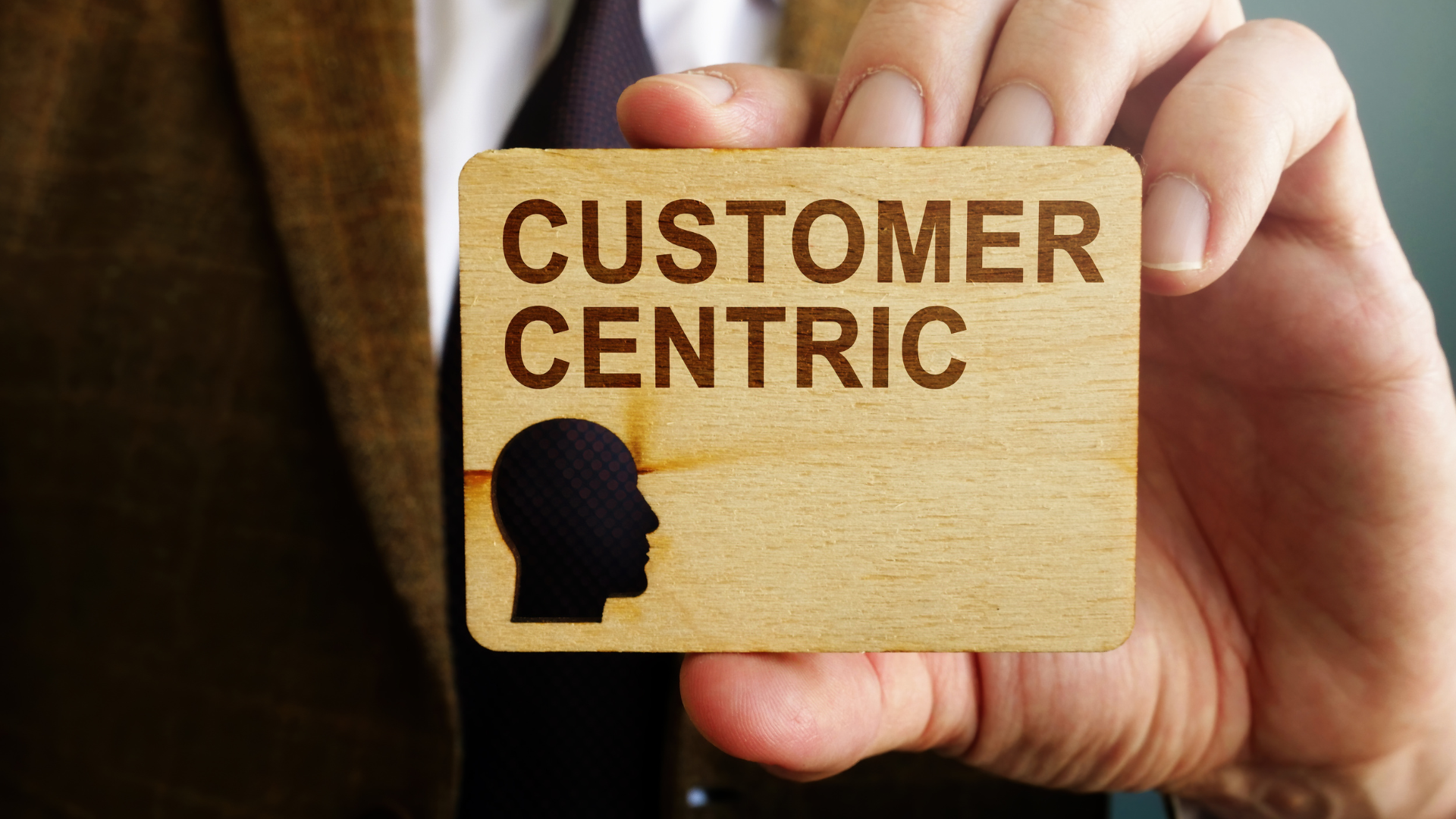In an increasingly competitive marketplace, customer service has become one of the most critical factors that can set you apart from the competition. A great customer service experience not only helps retain loyal customers but also creates brand advocates who can generate positive word-of-mouth and online reviews. Producing an exceptional customer service experience requires a combination of empathy, responsiveness, problem-solving, and strategic use of technology.
 Understand Customer Needs Through Active Listening
Understand Customer Needs Through Active Listening
At the heart of great customer service experience begins with understanding your client’s needs and expectations. This starts with active listening. Active listening requires fully concentrating on the client’s concerns without interrupting. Once you understand your client’s needs, then it is time to offer solutions based on their expressed needs.
According to a study published in the Harvard Business Review, clients who feel listened to are more likely to rate their customer service experience positively. The study found that businesses who expressly focus on active listening and empathy have higher customer satisfaction rates than those with a scripted or robotic approach .
Empathetic responses, such as "I understand how frustrating that must be," show that the customer’s emotions are valued, which builds trust. Companies should also train employees to ask clarifying questions to ensure they fully understand the issue before providing solutions.
 Solve Problems
Solve Problems
Providing everyone on your team with the tools and autonomy to resolve issues that arise efficiently is another critical component of exceptional customer service. When employees are empowered to make decisions on behalf of the company without needing to escalate every issue, the speed and quality of customer interaction dramatically improves.
Research from the Journal of Service Research emphasizes that companies with flexible and empowered customer service teams tend to resolve issues faster and have higher overall customer satisfaction. Giving employees the ability to offer personalized solutions creates a more seamless and less frustrating experience for the customer.
Training is essential in this regard. Employees need to be educated on company policies, product details, and effective problem-solving techniques. By making employees more knowledgeable, companies can reduce the chances of transferring customers between multiple representatives, which is often a major source of dissatisfaction.
 Leverage Technology for Efficient Solutions
Leverage Technology for Efficient Solutions
Technology has revolutionized customer service by providing faster, more efficient ways to assist customers. Automated chatbots, self-service portals, and AI-driven customer support are some of the tools businesses use to enhance customer interactions. These tools can handle basic inquiries or direct customers to the right channels, which minimizes waiting times and frustration.
According to a report by McKinsey & Company, implementing technology-driven customer service solutions like AI-based chatbots can reduce customer service response times by up to 50%, improving overall satisfaction. However, it is important to use technology thoughtfully. While automation works well for routine inquiries, complex or emotionally charged issues still require human intervention.
Customers prefer quick responses, but they also expect personalized solutions. Technology can help with the former, but to meet the latter, companies need to maintain a balance between automation and human touch.
 Create a Consistent Omnichannel Experience
Create a Consistent Omnichannel Experience
In today's multi-platform environment, customers expect to receive the same level of service whether they’re communicating through social media, email, phone, or in person. An omnichannel approach ensures that customer service is consistent across all touchpoints, reducing frustration and improving the overall customer experience.
A study published in the Journal of Retailing and Consumer Services found that companies with integrated omnichannel strategies see higher customer retention rates. Customers value the convenience of switching between channels without having to repeat their concerns or be redirected.
To achieve this, businesses must ensure that all customer service channels—whether human or automated—are interconnected, and that customer data is shared across platforms. This seamless flow of information allows service agents to understand a customer’s history and provide timely and personalized support.
 Follow Up and Learn From Feedback
Follow Up and Learn From Feedback
Delivering great customer service doesn’t stop when an issue is resolved. Following up with customers to ensure their satisfaction is a critical step in maintaining long-term relationships. A simple email or phone call asking if the issue was resolved to their satisfaction can go a long way in showing that a company values its customers.
Moreover, customer feedback offers valuable insights into areas where service can be improved. According to the Journal of Consumer Research, businesses that actively seek out and respond to feedback not only improve customer satisfaction but also strengthen customer loyalty. Feedback should be gathered regularly through surveys, reviews, and through social media monitoring.
This data can also be analyzed to identify patterns in customer service issues, allowing companies to preemptively address common problems and adjust their service strategies accordingly.
 Cultivate a Customer-Centric Culture
Cultivate a Customer-Centric Culture
Ultimately, delivering an excellent customer service experience requires cultivating a company-wide culture that prioritizes the customer. Leadership must set the tone, reinforcing that customer satisfaction is a core value and a top priority. Everyone on the team should work toward a common goal of meeting customer needs, whether they are in direct contact with customers or not.
According to Forbes, companies with a customer-centric culture have higher employee satisfaction, which in turn leads to better customer service. Employees who feel supported and empowered are more likely to go above and beyond to help customers, creating a positive feedback loop between employee morale and customer satisfaction.
Creating a great customer service experience requires a multi-faceted approach that combines empathy, empowerment, and the strategic use of technology. By actively listening to customers, empowering employees to solve problems, leveraging technology, and maintaining a consistent omnichannel presence, teams can ensure that they meet customer needs effectively. Following up with customers and fostering a company culture that prioritizes service excellence will further enhance the overall experience. In today's competitive landscape, a focus on superior customer service is not only a differentiator but a necessity for long-term success.
#CustomerService #ClientExperience #ActiveListening #ProblemSolving #CustomerSatisfaction #TechInService #Omnichannel #CustomerFeedback #EmpoweredTeams #CustomerCentric
Works Cited
- Harvard Business Review. "The Power of Listening: How Active Listening Drives Customer Satisfaction." 2018.
- Journal of Service Research. "Empowering Employees: A Key to Faster Customer Service Resolutions." 2017.
- McKinsey & Company. "The Impact of AI and Automation on Customer Service Efficiency." 2020.
- Journal of Retailing and Consumer Services. "The Benefits of Omnichannel Strategies in Customer Service." 2019.
- Journal of Consumer Research. "The Importance of Follow-up and Customer Feedback in Service Satisfaction." 2016.
- Forbes. "Building a Customer-Centric Culture: Why Employee Satisfaction Matters." 2021.




